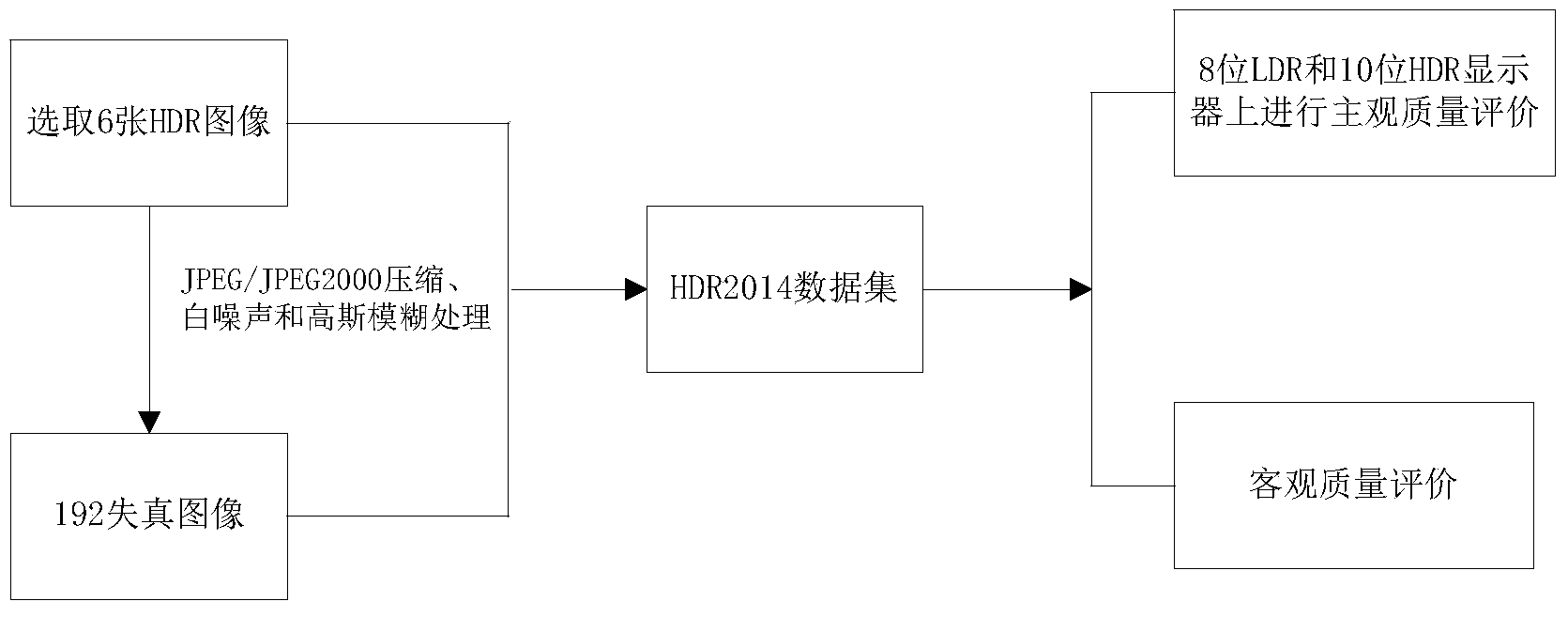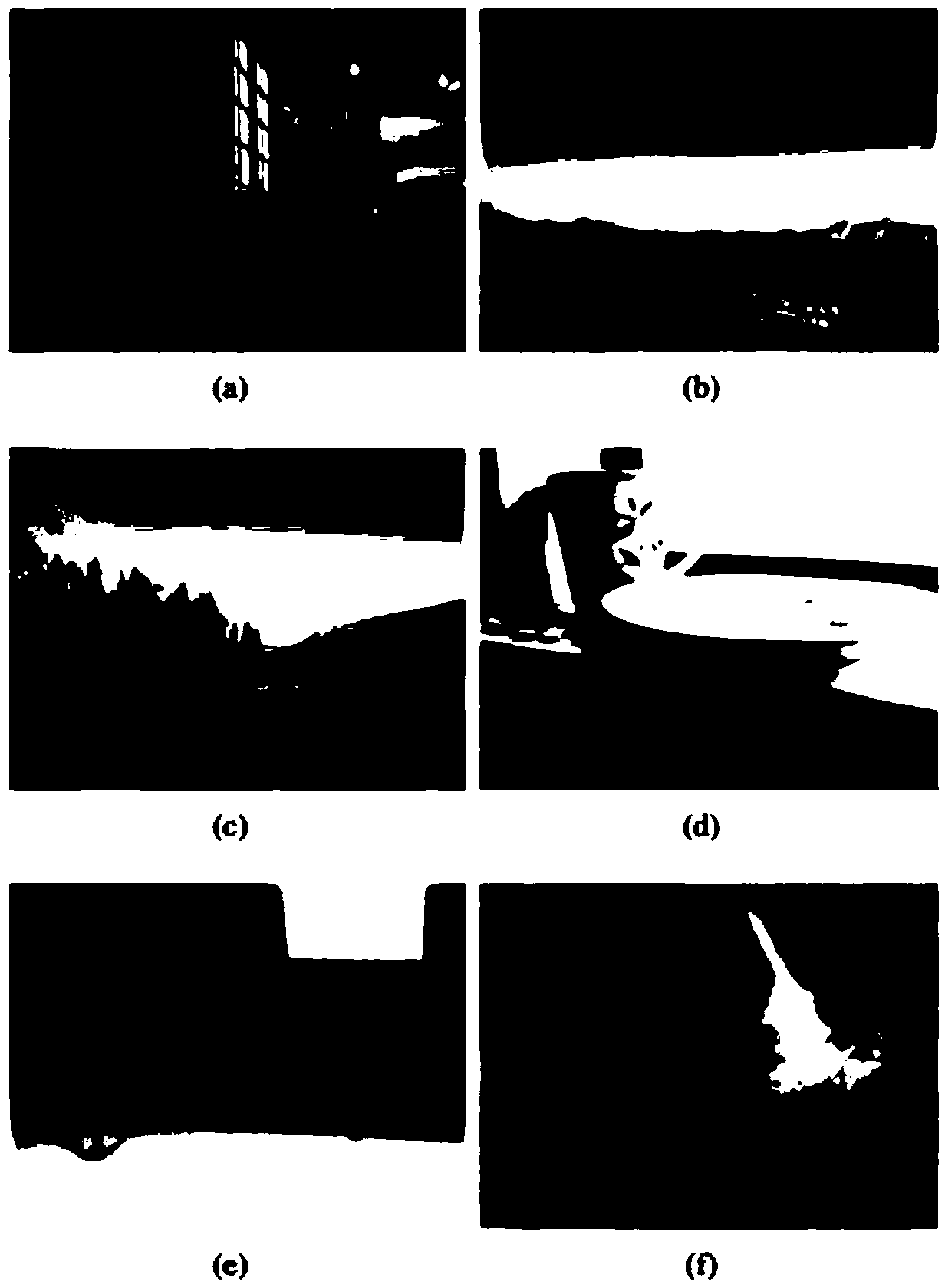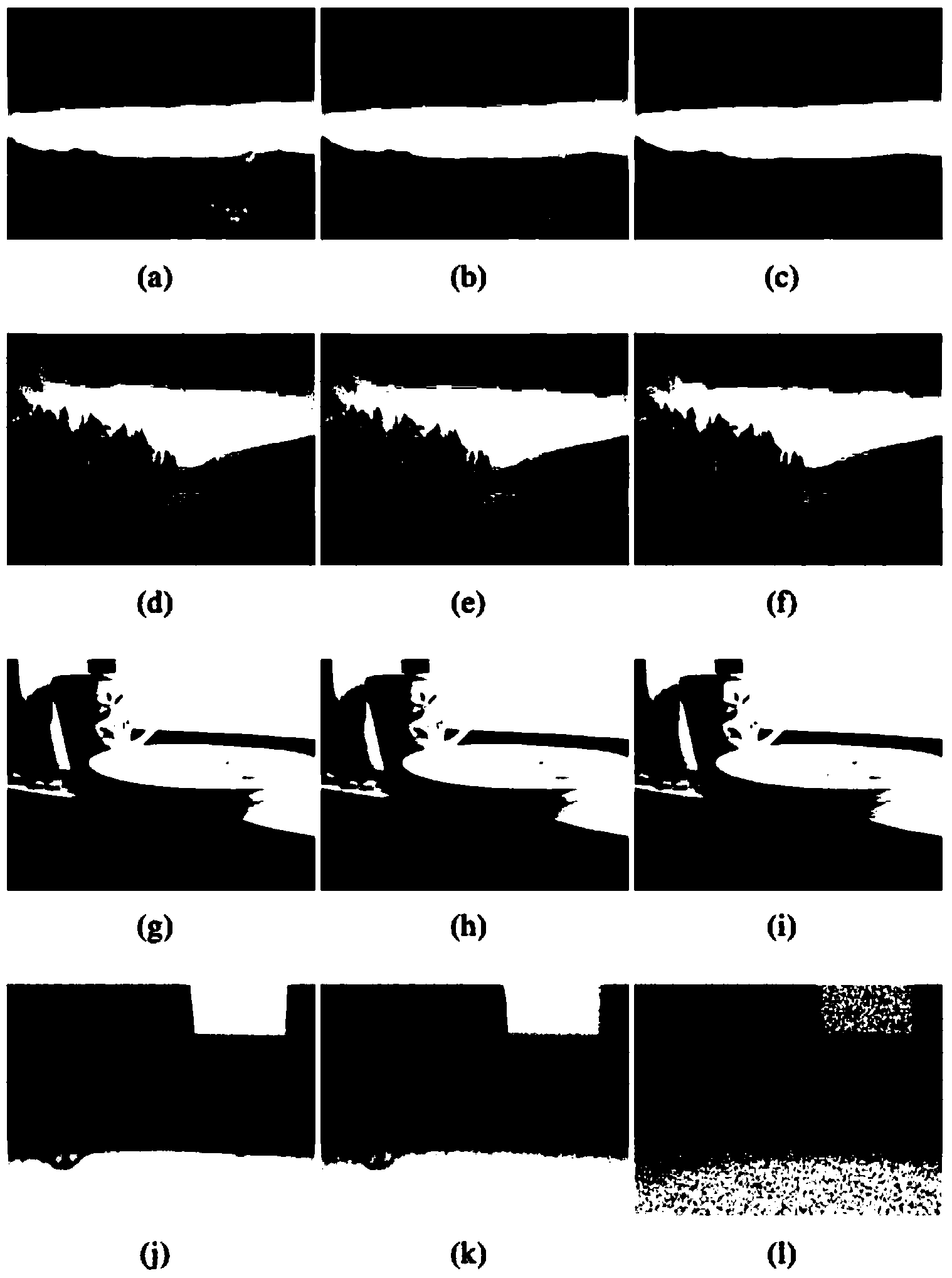Image quality evaluation method for image quality dataset adopting high dynamic range
An image quality evaluation and high dynamic range technology, applied in image data processing, image communication, image enhancement, etc., can solve problems such as poor correlation and no consideration of image content, achieve low complexity and improve perceived quality
- Summary
- Abstract
- Description
- Claims
- Application Information
AI Technical Summary
Problems solved by technology
Method used
Image
Examples
Embodiment Construction
[0019] The present invention will be described in detail below in conjunction with specific embodiments. The following examples will help those skilled in the art to further understand the present invention, but do not limit the present invention in any form. It should be noted that those skilled in the art can make several modifications and improvements without departing from the concept of the present invention. These all belong to the protection scope of the present invention.
[0020] This embodiment provides a high dynamic range image quality data set, the implementation process is as follows figure 1 shown, including the following steps:
[0021] The first step, the generation of HDR2014 data set
[0022] JPEG: Call the imwrite function of Matlab to compress the HDR image into a JPEG image, use the Q parameter as (70, 60, 50, 40, 30, 20, 10, 5), and then use the hdrwrite function to generate an HDR image from JPEG;
[0023] JP2K: Call Matlab's imwrite function to com...
PUM
 Login to View More
Login to View More Abstract
Description
Claims
Application Information
 Login to View More
Login to View More - R&D
- Intellectual Property
- Life Sciences
- Materials
- Tech Scout
- Unparalleled Data Quality
- Higher Quality Content
- 60% Fewer Hallucinations
Browse by: Latest US Patents, China's latest patents, Technical Efficacy Thesaurus, Application Domain, Technology Topic, Popular Technical Reports.
© 2025 PatSnap. All rights reserved.Legal|Privacy policy|Modern Slavery Act Transparency Statement|Sitemap|About US| Contact US: help@patsnap.com



